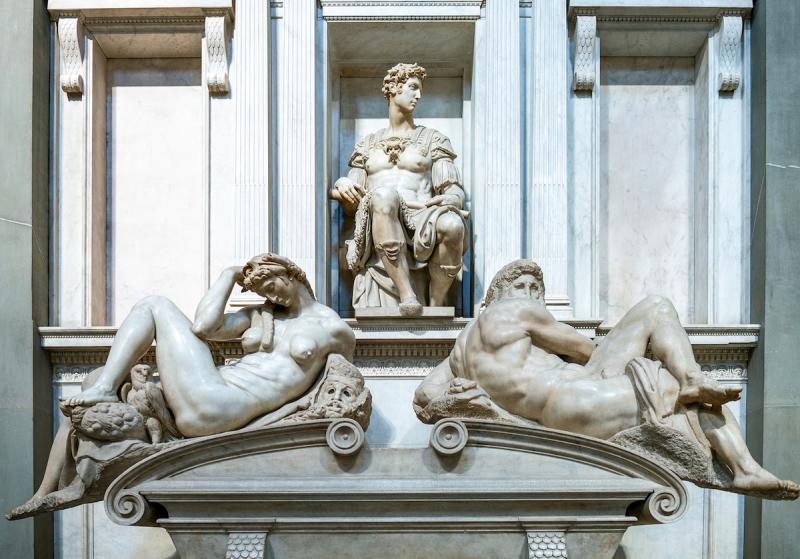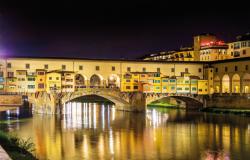It could be described as a bacteriological war in the service of art: when restorers in Florence were almost resigned, after eight years of work, to having to leave a few stubborn stains on Michelangelo’s 500-year-old sculptures in the Medici Chapels’ New Sacristy, an army of bacteria was summoned - and the dark spots were gone.
The bacteria in question is called 'Serratia Ficaria SH7' and was chosen from among 1,000 competitors by Italy’s National Research Council, which had been called in to conduct an infrared spectroscopy analysis of the stained sculptures in the New Sacristy of San Lorenzo Church, begun in 1520 by Michelangelo, who also designed the Medici tombs within.
The analysis revealed traces of calcite, silicate and other organic materials, and a subsequent study determined that a certain type of bacteria could remove the grime and stains, by literally eating them away, without leaving marks or compromising the surface of the marble. The microorganism absorbs glue, oil and phosphates, then disappears once its work is done.
While using bacteria to clean monuments and works of art may sound unusual, it has actually been done before; similar techniques have been used at Milan Cathedral, Pisa Cathedral and a cemetery near the Leaning Tower of Pisa.
The long restoration efforts were carried out by an all-female team of restorers, CNR researchers and Enea biologists, and involved both the tombs with the famous statues of the Medici family, and the walls of the New Sacristy.
Michelangelo began work on the New Sacristy at the Basilica di San Lorenzo in 1520, when Cardinal Giulio de’ Medici, soon to be Pope Clement VII, commissioned him to build an elaborate tomb for his family. In addition to creating a marble interior, the Renaissance artist sculpted two members of the Medici family, flanked by four allegorical figures representing day, night, dawn and dusk.
More details about the restoration work are expected to be revealed later this month.







